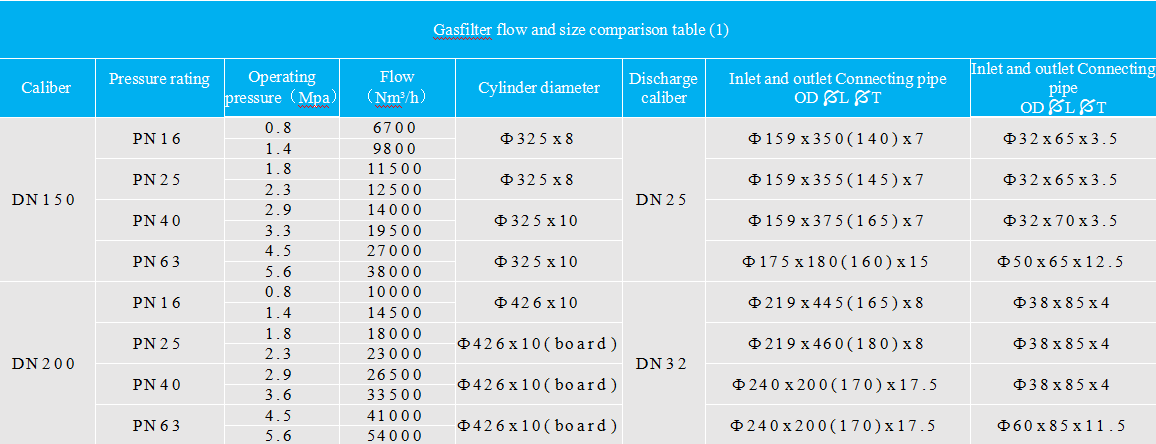
Dec . 10, 2024 00:11
Back to list
Understanding the Functionality and Importance of Gas Pressure Regulators in Systems
Understanding Gas Pressure Reducers Functionality and Applications
Gas pressure reducers are essential devices in various industries and applications, designed to control and maintain gas pressure at desired levels. By regulating the flow of gases, they ensure that the systems operate safely and efficiently. This article explores the functionality, types, and applications of gas pressure reducers.
What is a Gas Pressure Reducer?
A gas pressure reducer, often referred to as a pressure regulator, is a mechanical device that reduces the pressure of a gas from a higher inlet pressure to a lower outlet pressure. This is crucial in systems where the gas is stored at high pressures, such as in gas cylinders, and needs to be utilized at a much lower and manageable pressure for various applications.
The basic principles of operation involve balancing the inlet and outlet pressures. The reducer consists of a diaphragm or a piston that moves in response to changes in pressure, adjusting the flow of gas accordingly. This ensures a consistent outlet pressure, despite fluctuations in the inlet pressure or changes in demand downstream.
Types of Gas Pressure Reducers
There are several types of gas pressure reducers, each designed for specific applications and requirements
1. Single-Stage Regulators These regulators are designed to reduce pressure from a high inlet pressure to a lower outlet pressure in one step. They are simple and economical, but may not be suitable for applications requiring precise control of gas flow.
2. Two-Stage Regulators These provide a more stable outlet pressure by using two pressure-reducing chambers. The first stage reduces the pressure to an intermediate level, while the second stage further reduces it to the desired level. This type is ideal for applications where precise pressure control is critical.
3. Line and Cylinder Regulators Line regulators are installed in a gas line to maintain pressure in a distribution system, while cylinder regulators are mounted directly on gas cylinders, making them ideal for portable gas applications.
gas pressure reducer

4. High-Pressure Regulators These are designed to handle gas at high pressures and are typically used in industrial applications. They ensure that systems can operate safely without the risk of over-pressurization.
Applications of Gas Pressure Reducers
Gas pressure reducers are widely used in various sectors, including
- Industrial Processes Many manufacturing processes require gases to be delivered at specific pressures. For example, in welding applications, gas cylinders must supply gases at a consistent pressure to achieve optimal welding results.
- Medical Applications Medical gas systems use pressure regulators to ensure that gases such as oxygen and nitrous oxide are delivered safely to patients at controlled pressures. This is crucial in settings like hospitals and clinics where precise gas delivery can affect patient care.
- Household Use Gas pressure regulators are commonly found in residential applications, such as in natural gas stoves and heating systems. They ensure that gas is provided at safe and efficient pressures for everyday use.
- Automotive Industry In vehicles modified for alternative fuels, such as compressed natural gas (CNG), pressure reducers play a critical role in managing fuel delivery pressures for optimal engine performance.
Conclusion
Gas pressure reducers are vital components in ensuring the safe and efficient use of gases across multiple industries. By maintaining consistent pressure levels, these devices enhance the functionality and safety of gas-powered systems. Understanding their types and applications helps users select the appropriate regulator for their specific needs, ensuring optimal performance and safety in gas utilization. As technology advances, the design and functionality of gas pressure reducers continue to evolve, improving efficiency and reliability in various applications. Investing in high-quality pressure regulation systems not only enhances safety but also contributes to the overall efficiency of gas management systems.
Latest news
-
Safety Valve Spring-Loaded Design Overpressure ProtectionNewsJul.25,2025
-
Precision Voltage Regulator AC5 Accuracy Grade PerformanceNewsJul.25,2025
-
Natural Gas Pressure Regulating Skid Industrial Pipeline ApplicationsNewsJul.25,2025
-
Natural Gas Filter Stainless Steel Mesh Element DesignNewsJul.25,2025
-
Gas Pressure Regulator Valve Direct-Acting Spring-Loaded DesignNewsJul.25,2025
-
Decompression Equipment Multi-Stage Heat Exchange System DesignNewsJul.25,2025

